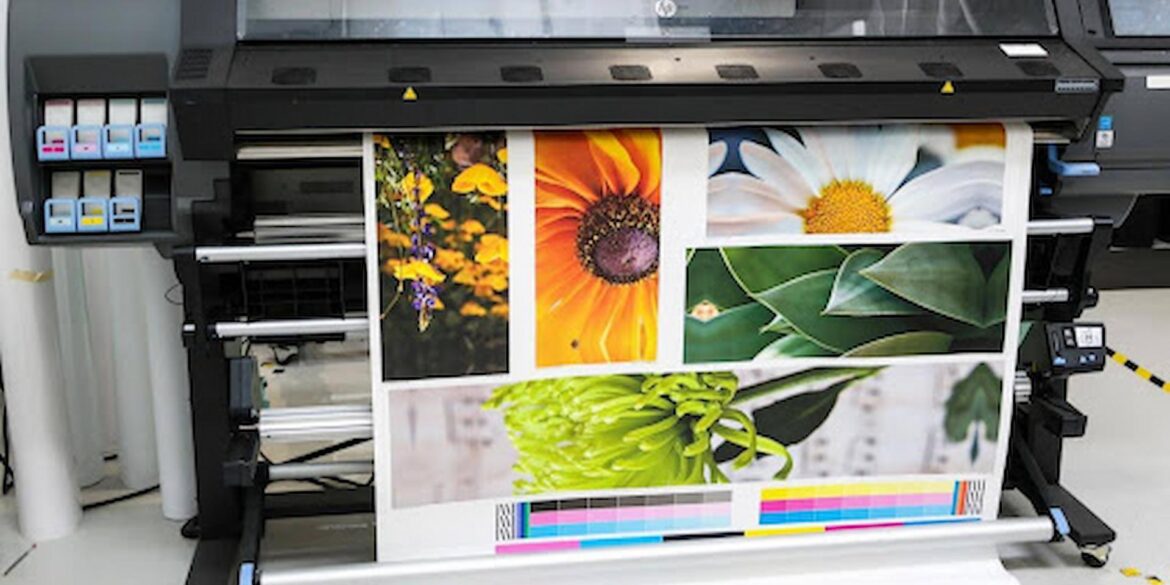The process involves the creation of an image from a photo-sensitive film, which is known as photo development, hence photographic processing. Whether it is black and white, color negative, slide film or digital negative print will define this. However, all the basic principles of photo development are still intact. The following is a brief history and general description of the San Francisco photo developing conventional techniques of making analog and digital photographic film and picture reproductions.
Exposure and image capturing
This activity begins with making a photograph. In it, light beams projected on the film or the digital sensor unveilsthem for capturing the image. In TFP, the actual picture is on the integrated film layer consisting of light-sensitive chemicals- the silver halide crystals. Likewise, when the movie is exposed to a room with light, hidden crystals grows on the film, which erases the image. This image can only be seen if the photosensitive plate has been formulated on a chemical bath.
Developing Film: Historical Chemical Processing
To create ordinary moviemaking, a number of main steps are essential. Bear in mind that when the film is exposed, it is either in roll or sheet form and must be developed in a darkroom or other controlled setting. Here’s a step-by-step look at the traditional photo-developing process for film:
- Film Loading
- Developing Solution
- Stopping the Process
- Fixing the Image
- Drying the Film
Darkroom Printing a Short Description of Method (Printing the Image – Traditional Darkroom Printing)
Once the film has been developed, the photographer might decide to make a photograph on photographic paper. This uses an enlarger- a tool that is used to direct the image of the negative onto the paper. The paper used in the production of this paper has photosensitive emulsions that react to exposure. The printing process involves:
- Enlarging
- Exposure
- Development
- Washing and Drying
Scanning and Printing Services of Digital Photographs
For many photographers today, the actual development of photos has changed due to advancements in digital photography. Digital images involve a sensor’s capture of an image on a camera, and the image obtained is then retrievable in an instance. However, such a process of development remains inherent in the printing process because, ultimately, the desired output is a printed image or document file.
- Scanning (for film photos)
- Editing
- Digital Printing
Colour Correction and Image Enhancement
No matter whether you are shooting on film or using digital images, color correction and image enhancement are always processes involved. For film, this might include setting the exposure or applying filters during the printing process in order to affect the balance of color. For any digital images, the process entails altering the luminance, the contrast, the acuteness, and the density of the colors. In order to achieve the best quality message, many professional photo labs provide these services.
Final Output: Prints and Archiving
When photo lab filmgets developed, the final output of the image is beckoned. It could be done on any of the media, including matte or glossy paper, canvas, or even aluminum. Typically, images can be stored in several file formats (JPEG, TIFF, PNG), to mention but a few; photographers may also use external hard drives or cloud storage to ensure that their images are safe for use as and when they need them.

